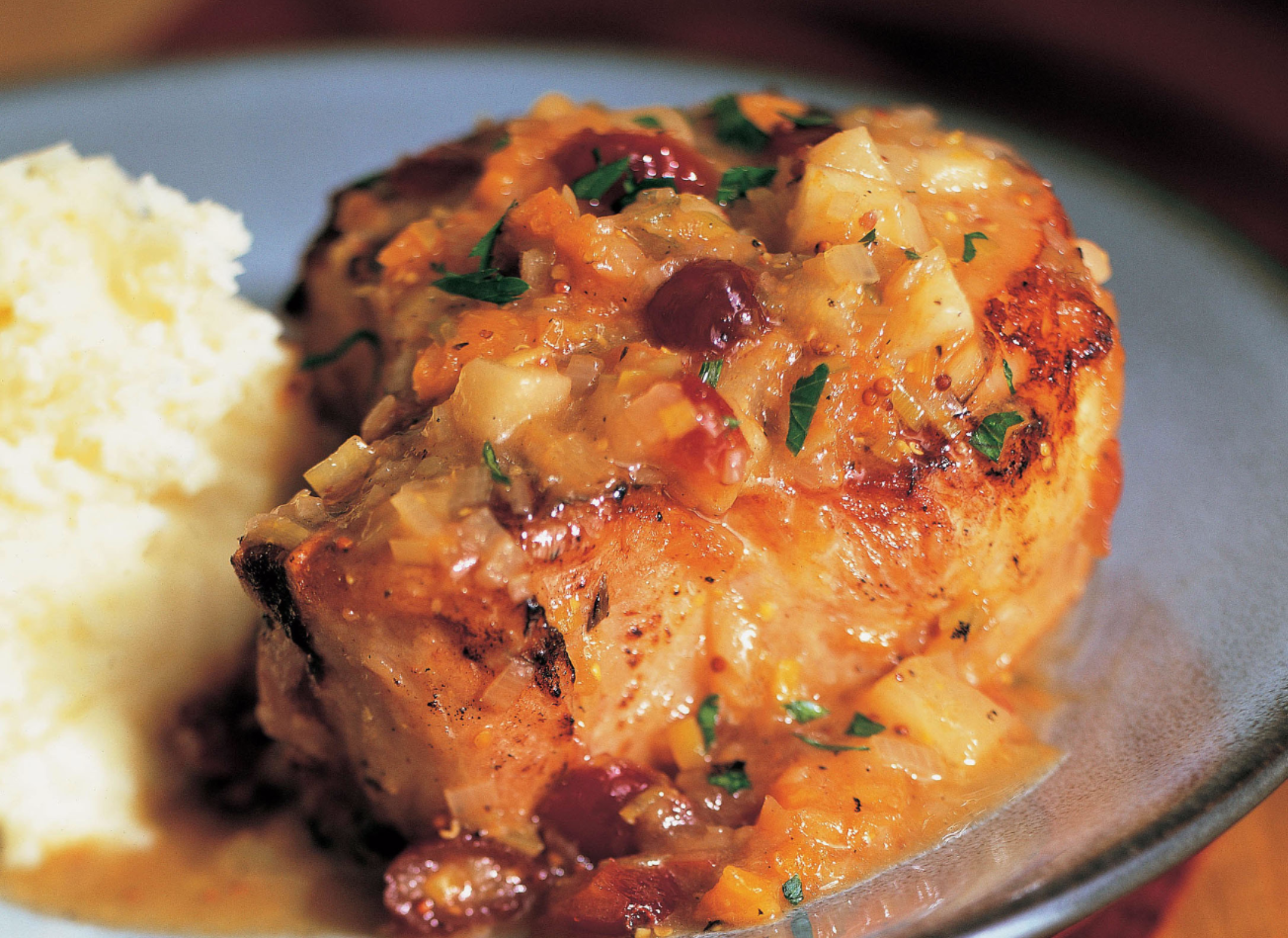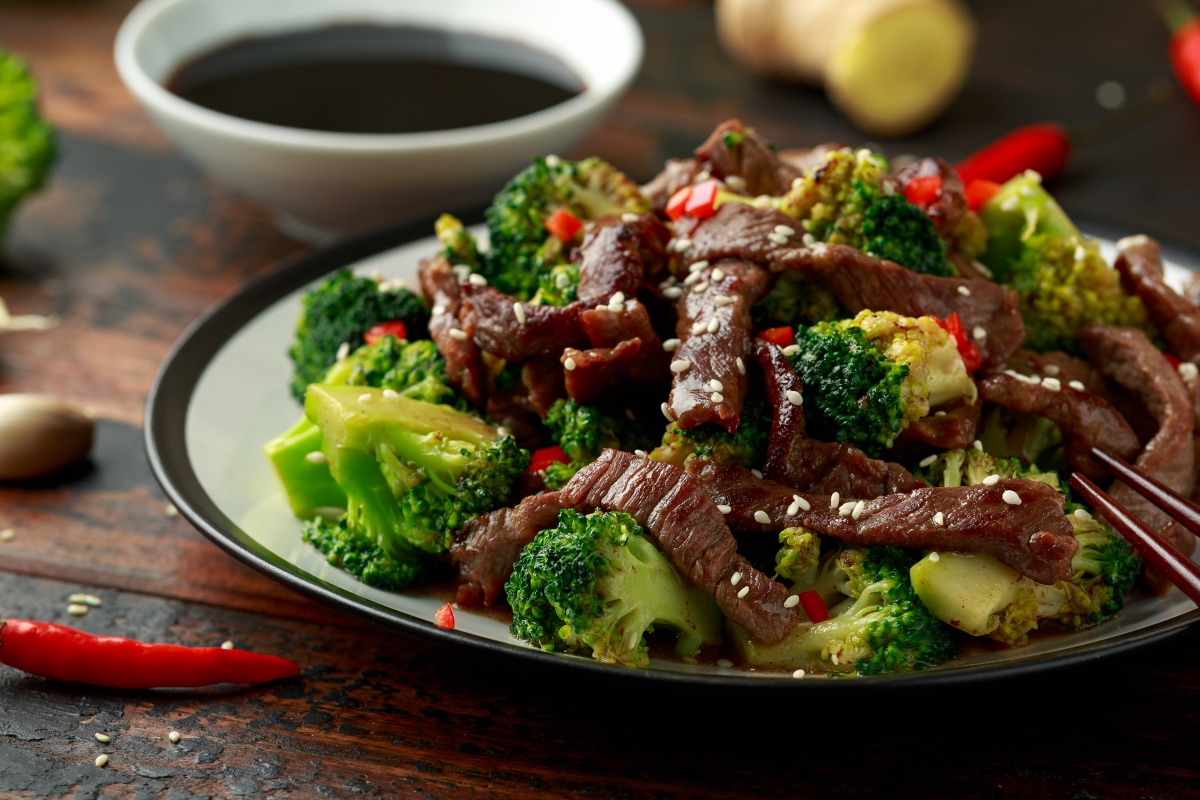Growing up in Mexico, I never ate tamales at Christmas. They were always a year-round treat. In my hometown of Puerto Vallarta, located on Mexico's Pacific coast, we'd stuff ourselves with tamales barbones — tamales bursting with whole, head-on shrimp, whiskers and all. The tender masa is fortified with an extra-shrimpy stock made from a combination of shrimp shells and crushed dried shrimp for good measure. The resulting tamal packs as much brininess as the salty ocean breeze.
This was just one of many varieties we consumed alongside other popular street foods like esquites, made from plump corn kernels, and icy, refreshing paletas. Just as Mexico has many regions, it also has a vast number of tamal styles that vary in shape, filling, and wrapper. Take the corundas from Michoacán, which use the fresh leaves of corn stalks instead of dried corn husks, or the tamales canarios, also from the region, a sweet variety that swaps out masa for rice flour. You could spend your whole life eating tamales and still have more styles left to encounter.
It was only when I moved to Los Angeles that tamales became a Christmastime staple for me. I quickly grew to love the Mexican-American tradition of throwing tamal parties, where friends and family would gather and spend the day spreading masa into corn husks while snacking, drinking, and eating. Friends would invite me to come over to teach them how to make a proper tamal, and I would oblige, hoping to show them just how broad the world of the tamal is.
Over the years I've learned that there are two keys to making a great tamal, no matter what style you decide to whip up. To start, fresh masa, made with just corn and a trace of lime, is ideal for texture and flavor. At the grocery store, look for the bag of fresh "masa quebrada" or just straight-up standard "masa para tortillas." Second, you want full-flavored fillings — don't hold back!
The rest is up to you. If you like your tamales cake-like and fluffy, wrap them in corn husks. If you prefer your tamales custard-like and dense, use banana leaves instead. If you want to have your tamal and eat your wrapper, too, pick up some tender collard greens or Swiss chard leaves to wrap. For a meaty but vegetarian filling, you'll want oyster mushrooms and the ingredients to make a deeply savory mole encacahuatado, or peanut mole. For a hearty option, make a lamb shank guisado with smoky morita salsa wrapped in banana leaves. And if you have a sweet tooth, why not stuff a tamal with custardy coconut rice pudding? Just make sure to arm your friends with enough snacks and drinks — like a guava-packed ponche boozed up with vermouth and Fernet — along the way.
Soon, making tamales may be a Christmastime tradition for you, too. Just let the masa guide you.
Tips for making tamales
Yellow Dent Corn
For first-time masa makers, the high content of soft starch in yellow dent corn will produce soft, pliable dough that is easy to work with, whether ground in a molino or a food processor. Aptly named for the indentation on each kernel, dent corn is typically sold by the pound at Latin markets or can be ordered online.
Heirloom Maize
For cooks well-versed in making masa, try heirloom varieties of Mexican corn, which typically have a lower soft-starch content than dent corn and need to be ground in a stone molino.
Cal
Pickling lime, or "cal" as it is referred to in Spanish, creates an alkaline cooking solution for turning corn into nixtamal. Cal breaks down the outer hull of the corn and softens the starch within, making it more nutritious and easier to grind and form into a dough.
Masa Harina
When fresh masa isn't an option, make a quick dough using masa harina. Try the one from Masienda, made from single-origin heirloom corn sourced from Oaxaca, or Gold Mine's Organic Yellow Masa Harina. They're convenient and flavorful alternatives to fresh masa.
Shipping tamales
Tamales can be individually frozen and arranged in a gallon-size zip-close bag with the air pressed out. Add ice packs to a thermal box, and ship overnight.
This article was written by Paola Briseño González from Food & Wine and was legally licensed through the DiveMarketplace by Industry Dive. Please direct all licensing questions to legal@industrydive.com.









